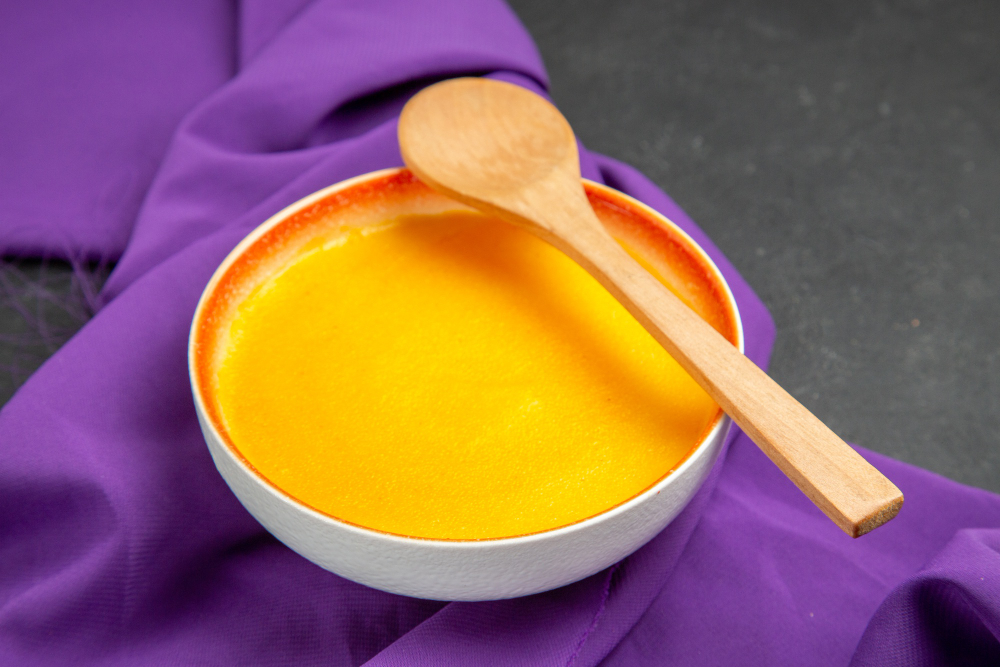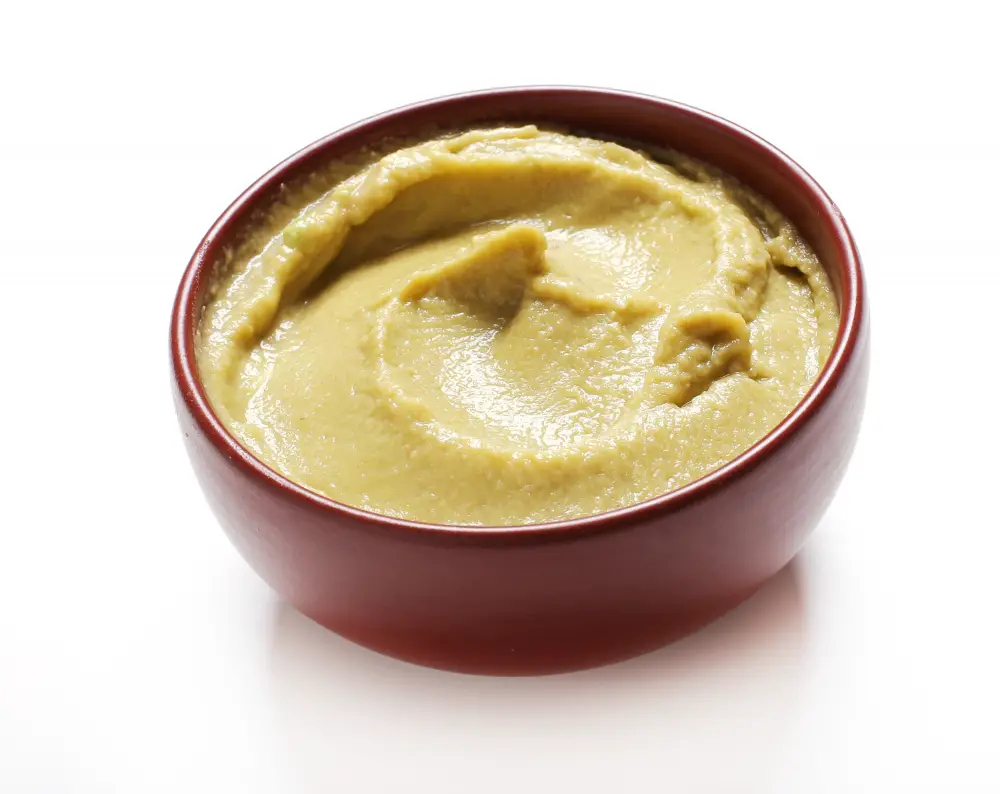Yellow mustard is milder with a tangy flavor, while Dijon mustard is smoother, stronger, and often includes white wine or verjuice in its recipe.
TL;DR Yellow mustard Vs. Dijon mustard
Yellow Mustard is known for its bright yellow color and mild flavor. It is made from ground yellow or white mustard seeds along with vinegar, water, salt, turmeric, and other spices.
Dijon Mustard originates from the town of Dijon in France. It has a stronger flavor profile compared to yellow mustard due to its use of brown or black mustard seeds combined with white wine or wine vinegar.
Yellow mustard

Yellow mustard, also known as American mustard or ballpark mustard, is a staple in many households and a popular choice for adding a tangy punch to dishes. It gets its bright yellow color from the use of turmeric.
One of the defining characteristics of yellow mustard is its mild and slightly sweet taste. Unlike some other varieties, it doesn’t overpower your palate with excessive heat or strong spices.
Yellow mustard contains distilled vinegar, water, ground mustard seeds (which are responsible for the distinct grainy texture), salt, turmeric (for color), paprika extract (for additional coloring), garlic powder (to enhance flavor), and various spices depending on the brand.
Dijon mustard

Dijon mustard, a staple in French cuisine, is known for its distinct flavor and creamy texture. Made from brown or black mustard seeds, white wine or wine vinegar, water, and salt, this gourmet condiment adds depth to any dish.
In addition to adding a kick to sandwiches and hot dogs, Dijon mustard also shines as an ingredient in salad dressings and marinades. Its complex flavor profile pairs well with ingredients like herbs, garlic, honey, or even fruits like figs or raspberries.
The versatility of Dijon goes beyond just food pairings; it can also be used as an emulsifier in sauces such as mayonnaise or aioli. Its smooth texture helps bind ingredients together while enhancing their taste.
Yellow mustard Vs. Dijon mustard – Key differences
| Aspect | Yellow Mustard | Dijon Mustard |
|---|---|---|
| Flavor | Mild, tangy | Smooth, strong |
| Ingredients | Vinegar, mustard seeds, turmeric | Brown or black mustard seeds, white wine or verjuice |
| Texture | Generally smoother consistency | Often coarser texture |
| Color | Bright yellow | Pale yellow to light brown |
| Uses | Common in hot dogs, sandwiches | Culinary uses, dressings, marinades |
| Culinary Pairings | American cuisine, casual dishes | French cuisine, gourmet recipes |
| Taste | Familiar, less intense | Distinct, sharper |
Dijon mustard uses
- Salad Dressings: Dijon mustard is often used as an emulsifier in salad dressings, helping to bind oil and vinegar together and create a creamy texture.
- Sandwiches and Wraps: It adds flavor and tanginess to sandwiches, wraps, and burgers, enhancing the overall taste profile.
- Marinades: Dijon mustard can be incorporated into marinades for meats, poultry, and fish, lending a rich and complex flavor.
- Sauces: It serves as a base for sauces, such as creamy Dijon sauce, which is commonly used in French cuisine to accompany meats and vegetables.
- Condiment: Dijon mustard can be used as a condiment on its own, adding a layer of flavor to hot dogs, sausages, and other grilled items.
Yellow mustard uses
- Hot Dogs and Burgers: Yellow mustard is a classic topping for hot dogs, sausages, and hamburgers, adding a tangy kick to these grilled items.
- Sandwiches: It’s a popular condiment for sandwiches, subs, and wraps, providing a zesty flavor that complements deli meats and veggies.
- Barbecue: Yellow mustard can be used as a glaze or marinade for barbecue dishes, especially in Southern-style barbecue recipes.
- Pretzels: It’s often used as a dip for soft pretzels, enhancing their taste with its tanginess.
- Salads: Yellow mustard can be included in potato salads, coleslaws, and egg salads to add a tangy element to the dish.
Yellow mustard Vs. Dijon mustard – Difference in nutrition
Yellow Mustard (1 teaspoon, 5g)
- Calories: 3
- Fat: 0g
- Carbohydrates: 0g
- Protein: 0g
- Sodium: 60mg
- Sugar: 0g
Dijon Mustard (1 teaspoon, 5g)
- Calories: 5
- Fat: 0g
- Carbohydrates: 0g
- Protein: 0g
- Sodium: 125mg
- Sugar: 0g
Both types of mustard are low in calories and fat, making them a low-calorie condiment option.
The main difference in nutrition between the two lies in their sodium content, where Dijon mustard tends to have higher sodium levels compared to yellow mustard.
This difference in sodium content can affect the overall flavor and how much you might use in a dish.
Nutritional values can vary slightly based on brands and recipes. It’s important to consider portion sizes when using mustard in your dishes, especially if you’re watching your sodium intake.
Image Credits
Featured Image By – Photo by Nadin Sh
Image 1 By – KamranAydinov on Freepik
Image 2 By – Racool_studio on Freepik








